What is Protective Vest For Safety Officers
Protective vests for safety officers are specialized body armor solutions designed to offer protection against physical harm, such as bullet and knife attacks, during the course of their duties. These vests are not just for show; they are an essential piece of safety equipment that helps safeguard the vital organs and reduces the risk of serious injury in the line of duty. They are tailored to the needs of law enforcement officers, private security personnel, and other professionals who may be exposed to threats of physical violence.
The effectiveness of a protective vest is determined by the materials it is made from and the design features that enhance safety. High-performance fabrics such as aramid fiber, ultra-high-molecular-weight polyethylene (UHMWPE), and composites are commonly used due to their exceptional strength-to-weight ratios and resistance to penetration. The principles on how protective vests work are by absorbing and dispersing the energy from impacts and attacks, thereby minimizing the force transmitted to the wearer's body.
Modern protective vests are designed with comfort in mind to ensure that they can be worn for extended periods without causing undue discomfort. They come in various styles and protection levels, with options for additional features like pockets for inserting armor plates to offer higher levels of defense. As such, protective vests are a crucial component in the field of safety equipment, providing peace of mind to those who wear them in potentially dangerous situations.
Types of Protective Vest for Safety Officers
In the realm of law enforcement and public safety, protective vests are crucial. They come in various types to suit different operational needs and threat levels:
-
Covert Vests: Designed to be unobtrusive and concealable under clothing, covert vests are often worn by undercover law enforcement or private citizens in need of discreet protection. They tend to be lightweight and flexible, providing a balance between comfort and safety.
-
Overt Vests: These are generally more robust than covert options and are worn over clothing. Overt vests often feature additional storage options such as pockets and attachment points for gear. They are commonly used by police, military, and security personnel who require both protection and utility.
-
Ballistic Vests: Ballistic vests are designed to protect against gunfire and edged weapons. They are made with materials that can stop or mitigate the impact from such threats while still being relatively lightweight. These vests often come with adjustable straps and plates for added protection.
-
Stab-Resistant Vests: While ballistic protection focuses on stopping bullets, stab-resistant vests are engineered to resist edged weapons like knives or spikes. They are often used in corrections settings or by law enforcement in areas where such threats are prevalent.
-
Multi-Threat Vests: For safety officers operating in environments where multiple hazards exist—such as in industrial settings or at events with large crowds—multi-threat vests offer comprehensive protection against a range of risks including fire, chemical spills, and ballistic threats.
How to choose Protective Vest For Safety Officers
When selecting protective vests for safety officers, several factors should be considered to ensure the vests meet both safety standards and the specific needs of the job:
-
Threat Level: Assess the level of threat officers face. For example, if they are in high-risk areas, choosing a bulletproof vest rated for the highest caliber they may encounter is crucial.
-
Comfort and Mobility: Since officers may wear these vests for extended periods, comfort is key. Look for features like padding, adjustability, and lightweight materials.
-
Material Quality: The durability and effectiveness of the vest depend on its materials. Kevlar is popular for its strength-to-weight ratio, but newer materials like Dyneema may offer better protection while being lighter.
-
Coverage Area: The vest should provide adequate coverage while still allowing movement. Consider options with adjustable shoulder and side straps for a secure fit that can be tailored to the individual officer.
-
Customization: Some vests come with modular designs that can be customized based on the officer's equipment needs. This can be an important consideration if they need to carry specific gear.
Businesses purchasing these vests should also consider the working environment and the duties performed by their security personnel when choosing vests. For example, covert vests may be selected for plainclothes officers while tactical vests could be chosen for riot control duties.
About Protective Vest For Safety Officers on Alibaba.com
Alibaba.com stands out as a premier online marketplace for businesses seeking reliable suppliers of protective equipment like safety vests for safety officers. With an extensive range of options from numerous suppliers worldwide, Alibaba.com offers an unparalleled variety of protective vests suitable for any application – from high-visibility vests for traffic control to covert body armor for executive protection.
The platform's user-friendly interface allows buyers to easily navigate through products based on specific requirements such as material type, size, color, function, and even customized features. This ensures that businesses can find products that align perfectly with their operational needs while adhering to necessary safety standards.
Alibaba.com's commitment to facilitating secure transactions is exemplified by services like Trade Assurance which bolsters buyer confidence by protecting payments until delivery is confirmed. With its global reach and comprehensive product listings across multiple categories including protective vests for safety officers, Alibaba.com empowers businesses to outfit their teams with the best-suited gear while streamlining the procurement process.
Common FAQs for Protective Vest For Safety Officers
What is the primary function of a protective vest for safety officers?
A protective vest is designed to safeguard the vital organs of the upper body, including the chest and abdomen, from ballistic threats. It is an essential piece of equipment for law enforcement, military, and security personnel, as well as certain civilian roles that require high levels of personal safety.
How does a protective vest differ from a bulletproof vest?
A bulletproof vest is specifically designed to protect against ballistic threats, such as gunfire, while a bulletproof vest is intended to protect against lower-velocity threats such as handguns and shrapnel, making it suitable for police officers, security personnel, and certain military personnel.
Can a protective vest be worn over or under a regular uniform?
Yes, most protective vests are designed to be worn discreetly over or under regular uniforms. The level of concealability will depend on the specific model and the outer garment type.
Are there different levels of protection in protective vests?
Yes, protective vests come in various levels that correspond to different threat levels. The choice of vest should be based on the anticipated risks faced by the wearer.
What materials are typically used in the construction of protective vests?
Protective vests are typically made from materials such as aramid fibers (like Kevlar) or UHMWPE (Ultra-High-Molecular Weight Polyethylene), which are known for their high strength and durability.
How can I determine the right size of a protective vest for my personnel?
The right size of a protective vest is crucial for both comfort and effectiveness. It should fit snugly without restricting movement or impeding vital actions. Refer to the manufacturer's sizing guide for precise measurements.
What are the maintenance requirements for a protective vest?
Maintenance for a protective vest will depend on the material it is made of. Generally, vests should be stored properly when not in use and inspected regularly for any signs of damage or degradation.
Is it possible to customize protective vests for specific operational needs?
Many suppliers offer customization options for protective vests to meet specific operational requirements. Customization may include adjustments to material composition, color schemes, and additional features tailored to unique operational environments.
What is the typical lifespan of a protective vest?
The lifespan of a protective vest is influenced by factors such as exposure to environmental conditions, frequency of use, and proper maintenance. Vests used in harsh conditions may need to be replaced more frequently than those in standard use.
Can I purchase a single protective vest or are they only available in bulk?
While protective vests are often purchased in bulk by organizations that require them in large quantities, some suppliers may offer smaller quantities or even single vests depending on the supplier's terms and the buyer's needs.





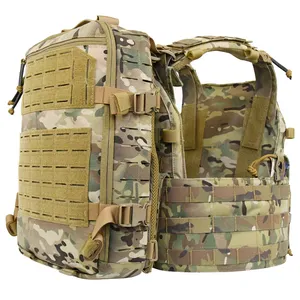

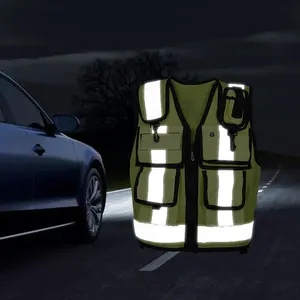









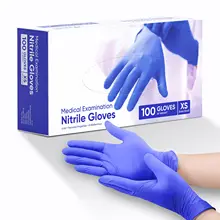



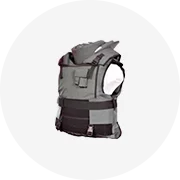
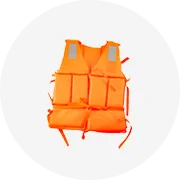
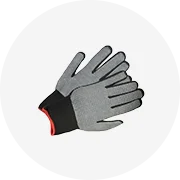
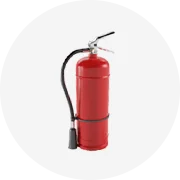
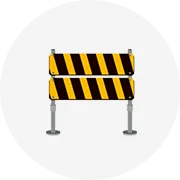








 浙公网安备 33010002000092号
浙公网安备 33010002000092号 浙B2-20120091-4
浙B2-20120091-4